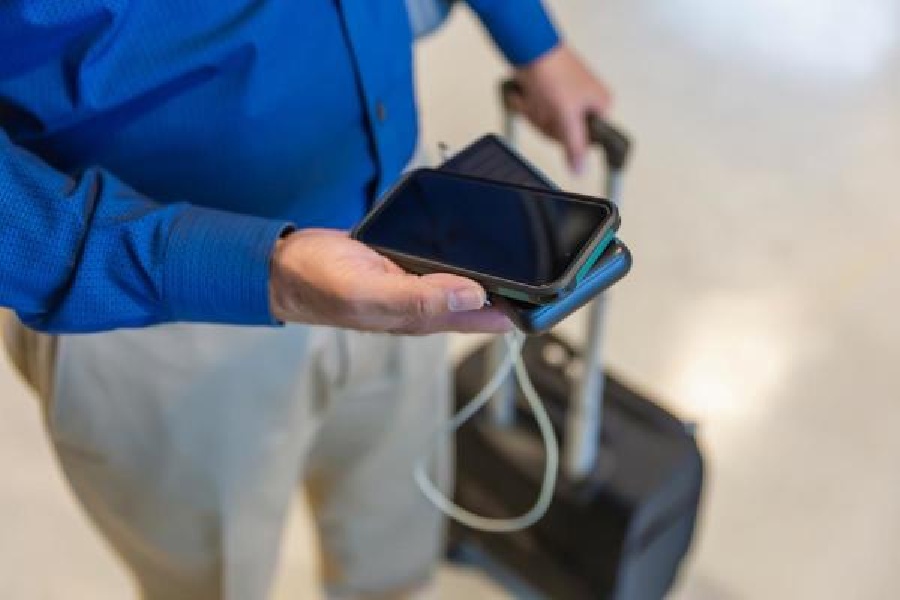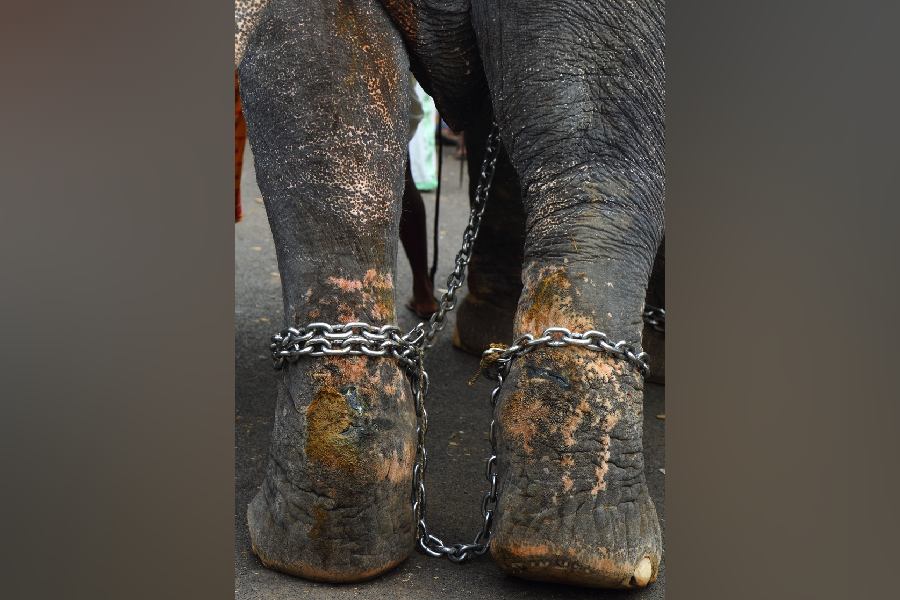Imphal, Feb. 11: The reading and arithmetic ability of Manipur schoolchildren is better than the national average, according to a Annual Status of Education Report, 2010, but there is still considerable scope for improvement.
Former chief minister Radhabinod Koijam released the report facilitated by a Delhi-based NGO Pratham today in a function here.
Citing an example, the report on Manipur said in Class III, only 41.4 per cent of students can recognise numbers upto 100, but cannot do subtraction. Nearly 39 per cent can do subtraction, but no division.
The report found that the number of students in government schools was decreasing but increasing in private schools. The same trend of high enrolment in private schools was seen in pre-schools.
“Almost 80 per cent of the visited villages have a government primary school, however, the enrolment in private schools is very high. Sixty-six per cent of children between 6 and 14 years go to private schools,” the report said.
There are more boys going to school than girls, especially in the older age group. In 15-16 year of age, 15 per cent of girls were out of school as compared to 11 per cent of boys.
It noted that 55 to 70 per cent of schools have received various grants from the government, but very little amount has been used for the development of the school. .
“More than 97 per cent of the visited schools do not have computer facilities for students. Other facilities like toilet, drinking water, library and midday meals are way behind the all-India average,” the report said.
It said 72 per cent of the schools had playgrounds for students, which was higher than the national average of 62 per cent.
The rate of the teacher attendance on the days of the visits in primary schools stood very low, at 27 per cent.
Mutum Ashok, one of the members of the survey team, said only 45 per cent of the schools provided midday meals regularly.
Releasing the report, Koijam said the government schools were in a pathetic condition, as teachers were not attending schools regularly and funds provided for infrastructure development were not properly utilised.
“The situation in hill schools is more shocking. Teachers from the valley, appointed in hill schools stay at home and send a local individual as their substitute by paying a few hundreds of rupees. The education department should pay serious attention to such issues,” Koijam said.










